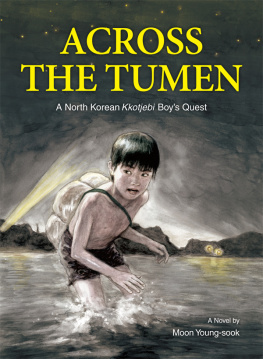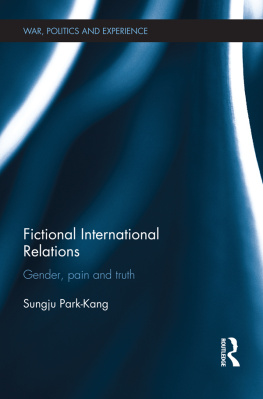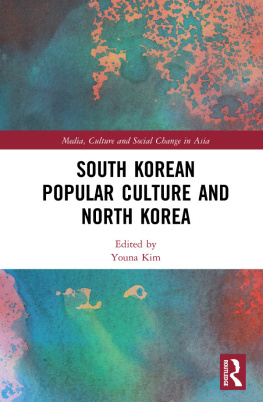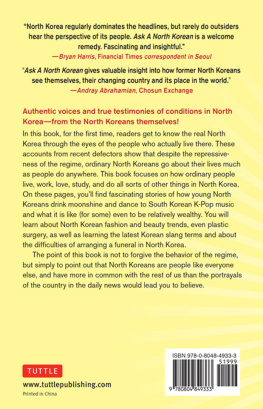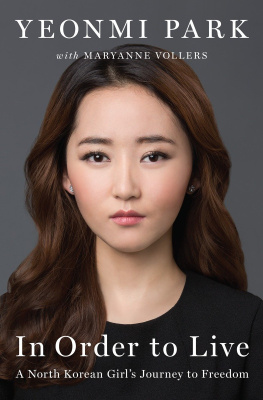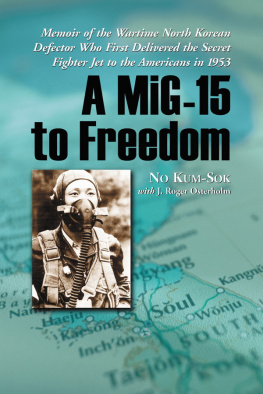

Library of Congress Cataloging-in-Publication Data
Names: Lee, Sungju. | McClelland, Susan.
Title: Every falling star : how I survived and escaped North Korea / by
Sungju Lee and Susan Elizabeth McClelland.
Description: New York : Amulet Books, 2016.
Identifiers: LCCN 2016002463 (print) | LCCN 2016014432 (ebook) | ISBN
9781419721328 (hardback) | ISBN 9781613123409 (ebook)
Subjects: LCSH: Lee, SungjuChildhood and youthJuvenile literature. | Lee,
SungjuFamilyJuvenile literature. | BoysKorea
(North)BiographyJuvenile literature. | Homeless boysKorea
(North)BiographyJuvenile literature. | Street childrenKorea
(North)BiographyJuvenile literature. | SurvivalKorea
(North)Juvenile literature. | Korea
(North)History1994-2011BiographyJuvenile literature. | Korea
(North)Social conditionsJuvenile literature. | BISAC: JUVENILE
NONFICTION / Biography & Autobiography / Cultural Heritage. | JUVENILE
NONFICTION / Biography & Autobiography / Political. | JUVENILE NONFICTION
/ People & Places / Asia. | JUVENILE NONFICTION / Social Issues /
Homelessness & Poverty.
Classification: LCC DS935.7773.L44 A3 2016 (print) | LCC DS935.7773.L44
(ebook) | DDC 951.9305/1092dc23
LC record available at http://lccn.loc.gov/2016002463
Text copyright 2016 Sungju Lee
Cover and book design by Julia Marvel
Photograph copyright Getty Images
Published in 2016 by Amulet Books, an imprint of ABRAMS. All rights reserved. No portion of this book may be reproduced, stored in a retrieval system, or transmitted in any form or by any means, mechanical, electronic, photocopying, recording, or otherwise, without written permission from the publisher.
Amulet Books and Amulet Paperbacks are registered trademarks of Harry N. Abrams, Inc.
Amulet Books are available at special discounts when purchased in quantity for premiums and promotions as well as fundraising or educational use. Special editions can also be created to specification. For details, contact specialsales@abramsbooks.com or the address below.

ABRAMS The Art of Books
115 West 18th Street, New York, NY 10011
www.abramsbooks.com
www.amuletbooks.com
@abramskids
I DEDICATE THIS BOOK TO THOSE I LEFT BEHIND
IN NORTH KOREA.
Sungju Lee
A
Some family names have been changed to protect relatives still living in North Korea. The names of my brothers, though, are real, in the hope that they are still alive and will read this book.
Until we meet again.
Sungju Lee
A BRIEF HISTORY OF 20TH-CENTURY KOREA
For thousands of years, successive dynasties and monarchs ruled the Korean Peninsula. The last and most influential dynasty was the Joseon. In 1876, the Japanese coerced Korea to sign a treaty that eventually ended the Joseon Dynasty. Under the Japanese, the Korean people were largely oppressed. Former landowners were pushed off their properties, and others were forced to work as slave laborers for Japanese overlords. Many of the houses, monuments, and buildings built during the Joseon Dynasty, and most of its traditions, were destroyed. Japan, which occupied the Korean Peninsula from 1910 to 1945, sought to integrate the region into its own empire.
With the defeat of Japan at the end of World War II, Japans territories were taken away. The Korean Peninsula was divided into two separate, yet temporary, governments and economic zones: the North, which was overseen by the Soviet Union, and the South, which was overseen by the United States. The plan was to unite the two regions into one with a general democratic election. The Soviet Union placed guerrilla army leader Kim Il-sung, who had returned from exile in China in 1945, as head of the Norths temporary government. He managed to persuade the Soviets not to take part in any election. He clung to socialism and rejected American-style democracy. He felt the entire region should be communist.
In 1948, the South was granted independence from the United States, becoming the Republic of Korea. Shortly thereafter, the North became the Democratic Peoples Republic of Korea, or North Korea. North Koreans refer to their country as Joseon, after the last dynasty. Like its namesake today, the Joseon Dynasty was dubbed the Hermit Kingdom because it sealed itself off from the world in an attempt to ward off invasion.
The political and economic systems of the two nations couldnt be more different. The South has a democratic government and a capitalist, free-market economy. North Korea, on the other hand, is a communist state, with one political party and no elections. Most things, including property, are publicly owned. Until the breakdown of the states food-ration program in the early 1990s, all food, clothes, and necessitiesincluding housingwere allocated by the state, based on an individuals need and standing within the Communist Party.
Kim Il-sung believed that it was only a matter of time before the ideology of the North swept the South. He believed that the two regions would unite under communism. He was convinced that South Korea was funded byindeed, was a puppet nation ofthe United States. The Korean War, from June 1950 to July 1953, involved a United Statesbacked South Korea vying to unify the entire peninsula under its government versus the Soviet-backed North Korea aiming to do the same.
Aside from the war, which resulted in few geographical changes but a dramatic increase in tensions between the South and the North, the early years of Kim Il-sung were not that bad for North Korean people. There was a revival in the arts; the creation of monuments, museums, buildings, hotels, and theme parks; work, including an increase in farming and industry; and plenty of food through the centralized ration system.
Kim Il-sung gained a cult following during his years as leader of North Korea, largely because of the dissemination of books, films, radio, and television shows that made the people distrust Westerners, China, and Japan and revere, almost like a god, their leader and his life and government. All television and news outlets were monitored by the government; the result was that the state and Kim Il-sung were described only in positive terms. Deniers and critics of the regime were sent to political and/or labor camps, often with their entire families.
In the 1990s, North Korea suffered several blows. First there was the breakdown of the communist state of the Soviet Union in 1991. The many countries under its rule were allowed to form their own governments. (The Soviet Union itself become the pseudo-democratic country of Russia.) As a result, North Korea lost its main trading partner and its primary source of aid. Then a series of weather anomalies resulted in devastating floods, which caused a shortage of domestically grown products. If this wasnt enough to drive the nation into famine, the breakdown in the central ration system certainly did. On July 8, 1994, Kim Il-sung died. His son, Kim Jong-il, became his successor. Kim Jong-il was poorly equipped to deal with these strains.
The country plummeted into a famine that some estimate killed more than a million of its approximately twenty-four million people. In a desperate attempt to save their lives, North Koreans began to leave the country. Its nearly impossible to escape North Korea by heading directly to South Korea because the border between the two countries is heavily mined with explosives. Therefore, the main escape route is through China to Mongolia, Laos, or Thailand. China, however, does not recognize North Koreans as refugees but, rather, as illegal work migrants. Any North Koreans found in China are returned, where they face prison for trying to escape.
Next page


